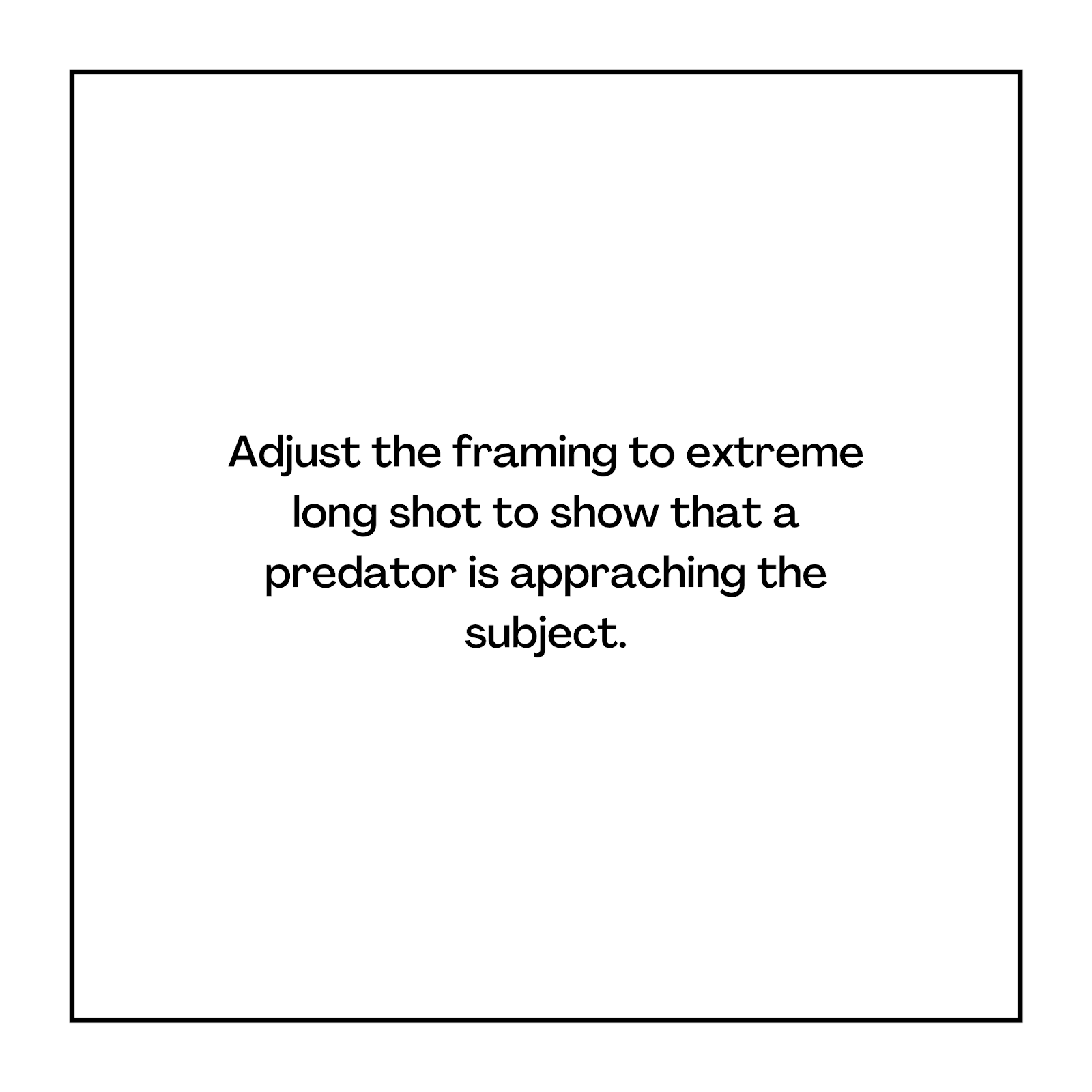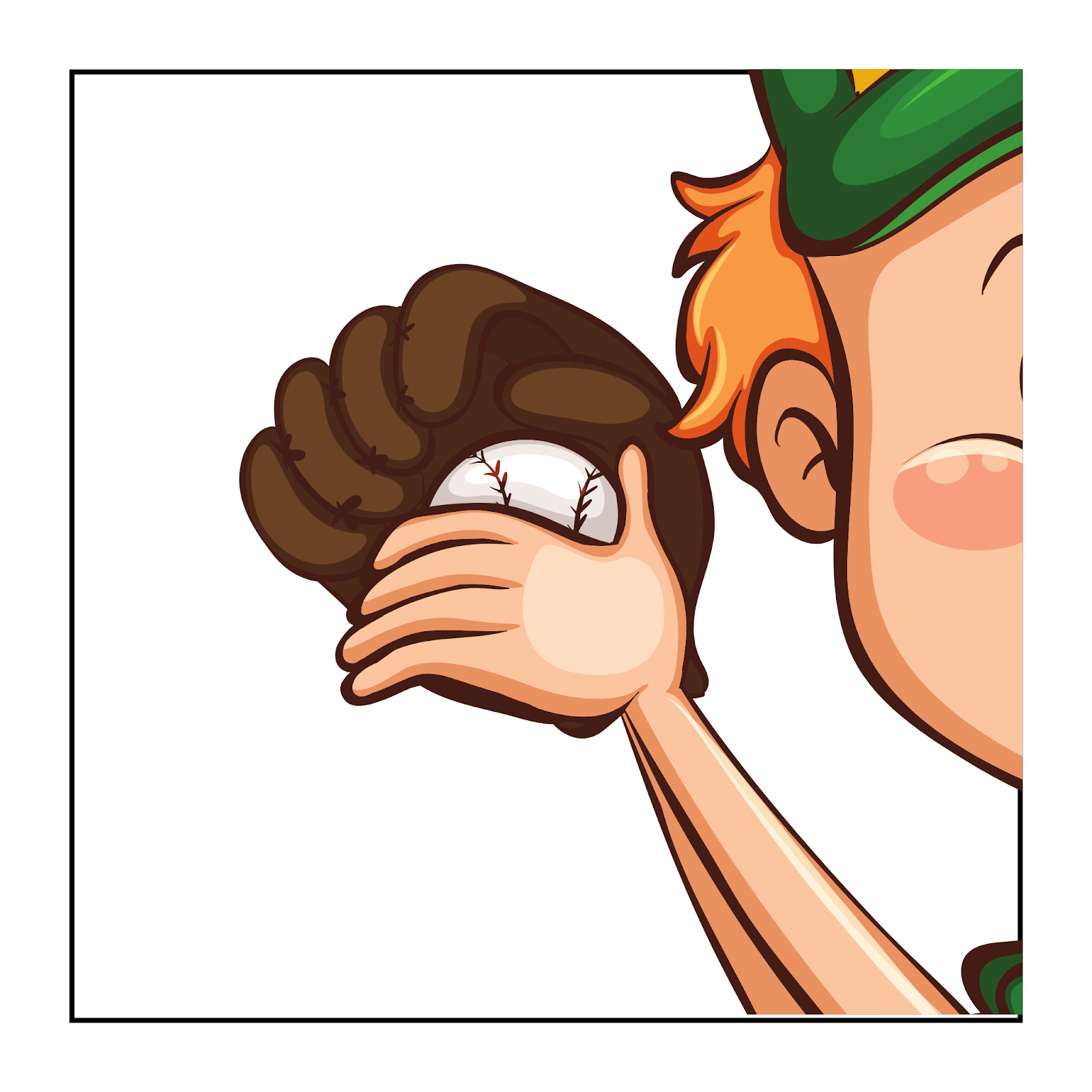Camera Framings
During the pre-production process of a film project, a storyboard is normally prepared to guide the videographers or animators on what camera framing to apply on scenes. Camera framings, also called camera shots determine the amount of details that must be exposed in a given scene or frame. In the given illustrations, you will see the movement of a scene from first frame to the second. The first frame shows us the head of a creature with green skin and markings on the back of its neck. On the next frame, from close-up, the camera shot changes to long shot, revealing the identity of the creature.
Frame / Camera Shot 1 (Close-Up) Frame / Camera Shot 2 (Long Shot)
In another example shown below, an eagle is seen flying (see frame 1). The camera framing used is Long Shot to show its whole body. Assuming in the story that you want to portray the eagle is actually looking for a place to build its nest. To put this idea in the mind of the audience, you adjust your camera framing from long shot to medium shot as shown in the second frame.


Frame / Camera Shot 1 (Long Shot) Frame / Camera Shot 2 (Medium Shot)
Try to redraw the following figures into a shot needed in the next frame.
Camera Angles
While camera shots or framings determine the amount of details to be shown in a frame, camera angles on the other hand are applied to bring a certain vibe to viewers. It is used to let them feel the prevailing emotion in a scene. In the given example, the first frame shows an eye level long shot of a car. Assuming that that you want to tell a story where the car is being chased, you set the camera angle to bird's eye view where the viewers will see the car running fast along a highway. Bird's eye view is achieved by placing the camera at a certain height over the car (see Frame 2). This will also bring a sense of motion to the scene (see Frame 3 and imagine the road lines moving along the car).
Frame 1 Frame 2 Frame 3
Try to draw a camera icon on the side of the figure where it can provide the view effect of a camera angle.
Result Position of the Camera
Check on the illustrations below for the answers to the previously given tasks or challenges.






















.gif)
Comments
Post a Comment